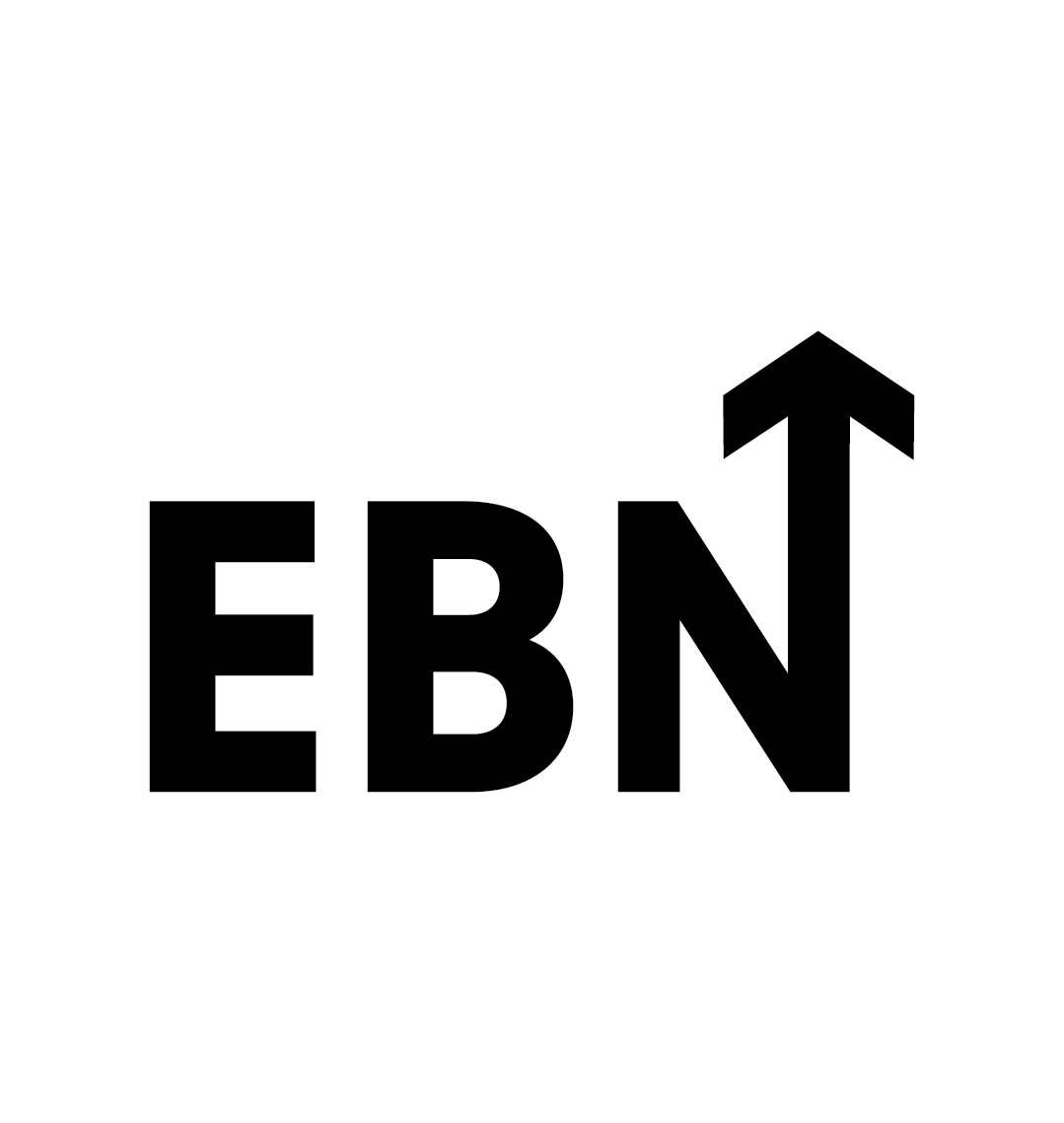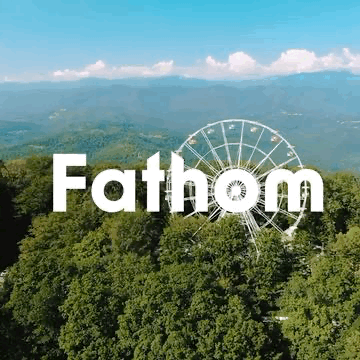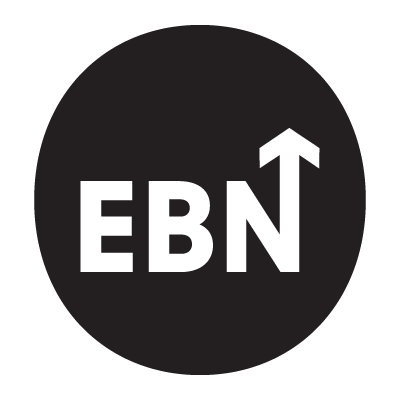Layoff announcements accelerated through 2025 and spiked in October, according to Challenger data reported by outlets including Reuters and CBS News. The catch for leaders is that every cut is now instantly documented by employees, candidates, and trackers. Workforce decisions become reputation decisions in real time.
Key points:
- In October 2025, US employers announced 153,074 job cuts, the highest October figure in more than twenty years, taking year to date cuts to roughly 1.10 million, about 65 percent higher than the same point in 2024. Reuters and CBS News both highlight that October was the worst for that month since 2003.
- The Challenger report attributes most October cuts to classic cost reduction, followed by AI related restructuring, with additional contributions from market conditions, closures, and government workforce actions.
- Technology and warehousing lead private sector reductions, while a separate category of government related cuts has swollen totals in specific locations, including the District of Columbia.
- Planned hiring through October 2025 is the lowest year to date level since 2011, which means fewer obvious landing spots for displaced workers and more scrutiny of how organisations handle exits.
- For employer brand and culture, the central risk is not talking about cuts clearly. Silence is now filled by screenshots, review sites, and layoff trackers.
Helping HR, talent acquisition, employer branding, and company culture professionals find careers worth smiling about.
From “we are growing fast” to “we are resizing carefully”
If your careers site still says “we are growing fast,” you may want to edit that before lunch.
Layoff announcements gathered pace through 2025, culminating in an October spike that grabbed headlines and pushed job cuts back to early 2000s territory. According to figures from Challenger, Gray & Christmas reported by Reuters, October saw 153,074 announced cuts in the US, taking year to date layoffs to just under 1.1 million, roughly 65 percent higher than the same point in 2024.
CBS News notes that this was the highest October total in 22 years, underscoring how sharp the late year adjustment has been after a period of tight labour markets and pandemic era hiring. At the same time, the same Challenger dataset shows planned hiring at its weakest year to date level since 2011, and the softest seasonal hiring in the series. In other words, less hiring cushion to absorb the shock.
For HR, TA, and employer brand leaders, this is not just a macro story. It is a test of how clearly organisations can explain the “why” behind cuts, and whether they treat exiting colleagues in ways that match their stated values.
Momentum isn’t always progress, especially when you always end up back where you started.
Fathom helps you escape the loop. With insight, not intuition.
What is actually driving the cuts
The 2025 wave is not about a single culprit. It looks more like a stack of pressures landing at once.
Old over hiring meets new efficiency
Many organisations expanded aggressively during and after the pandemic, then walked into 2024 and 2025 with higher headcount than their slower demand could justify. Challenger’s October breakdown shows cost cutting as the top stated reason for job cuts, with 50,437 roles in that month alone attributed to cost reduction. AI related restructuring sits second, with 31,039 October cuts and 48,414 AI linked cuts year to date.
Reuters echoes this mix: firms retrenching to hit productivity targets in a cooler demand environment while also consolidating roles as they introduce AI tools and automate tasks. That combination turns what might have been a modest hiring slowdown into a visible round of role consolidation.
Sector specific corrections
The Wall Street Journal notes that technology still leads private sector cuts in 2025, but the sharpest October swing came from warehousing and logistics. Challenger’s industry table shows October warehousing cuts at 47,878 and technology at 33,281, reflecting both post pandemic overcapacity and increased automation in logistics operations.
Retail and broader consumer sectors are also trimming, often through store rationalisation programmes and margin repair as cost pressures linger. Challenger’s year to date retail tally is 88,664, which does not match the scale of tech and warehousing but still matters for local labour markets and frontline work.
Government workforce contraction
Separate from private sector dynamics, government related workforce reductions are a major contributor to 2025 totals. In the Challenger data, a category listed as “DOGE Actions” accounts for 293,753 cuts year to date, with additional downstream reductions noted in related organisations.
This helps explain why locations such as the District of Columbia appear as outliers in the report’s state table. While the private sector story is about efficiency and automation, there is also a parallel story about public sector restructuring that plays out differently in local communities.
Helping HR, talent acquisition, employer branding, and company culture professionals find careers worth smiling about.
Softening demand and closures
Not every cut is structural. The reasons table for 2025 also shows a familiar set of cyclical drivers. In October alone, 21,104 cuts were linked to “market conditions” and 16,739 to “closings,” capturing everything from weaker consumer demand to site consolidations and business unit withdrawals.
These categories matter for employer brand because they tend to feel more like shocks to employees, especially where closure decisions come with limited notice or little clarity on redeployment options.
Hiring slowed as well
The 2025 story is not just about job cuts. It is also about the absence of offsetting hires. Through October, planned hiring totals 488,077, the lowest year to date figure since 2011. Seasonal hiring is also at its weakest in the dataset.
For candidates and employees, this shows up as fewer internal moves and more competition for open roles. For employer brand teams, it means the usual playbook of “we are repositioning talent into growth areas” is harder to execute at scale.
Hotspots and who is affected
The pain is not evenly distributed. Challenger data, layoff trackers, and media roundups point to several hotspots.
- Technology. Tech remains in rightsizing mode after the post 2020 hiring surge. Public trackers suggest six figure impacts in 2025 alone, with Layoffs.fyi estimating around 113,000 US tech roles affected and TrueUp tracking in the region of 180,000 global tech roles. Methodologies differ, but directionally the wave has not stopped.
- Warehousing and logistics. October’s figures show warehousing as the single largest industry contributor for that month, consistent with automation projects and revised inventory strategies as demand normalises.
- Retail, services, and consumer. Chains continue to rationalise store footprints and address margin pressure. The Challenger tally of 88,664 retail cuts year to date points to a steady drip of local level disruption rather than a single headline wave.
- Named companies. Business Insider’s 2025 roundup of major layoffs includes brands across tech, travel, energy, and consumer goods, from Amazon and Oracle to American Airlines. The dominant language in corporate statements is “efficiency,” “focus,” and “AI,” even when underlying drivers also include slower demand or past over hiring.
For HR and employer brand leaders, these hotspots define where candidate questions will be sharpest in 2026. Candidates in tech, logistics, or consumer sectors are arriving with fresh experience of instability and a long memory for how companies handled exits.
Industry snapshot: October and year to date cuts
The Challenger industry table shows how uneven the 2025 adjustment has been. The chart below plots October cuts alongside year to date totals for selected industries. It illustrates two different patterns: sectors such as Energy and Aerospace/Defense with heavy cumulative cuts across the year, and areas such as FinTech and Financial services where the October adjustment is sharp even if year to date totals are still smaller.
2026 outlook: three scenarios to plan against
No forecast will be perfect, but scenario planning can stop teams swinging between panic and denial. The data from October 2025 argues for a cautious start to 2026 rather than a sharp rebound.
Baseline: slower cuts, selective hiring
In a baseline case, disinflation continues, interest rates ease modestly, and consumer spending stabilises. Announced job cuts drift down from 2025 highs, but AI related role consolidation continues, especially in operations, customer support, and mid layer managerial work.
Planned hiring improves from the 2025 trough but remains selective. Growth roles cluster around data, safety, sales engineering, AI operations, and go to market functions rather than broad based headcount expansion.
Momentum isn’t always progress, especially when you always end up back where you started.
Fathom helps you escape the loop. With insight, not intuition.
Downside: another year of elevated cuts
In a downside scenario, profit warnings spread through the first half of 2026, credit conditions tighten again, and a second inventory correction hits goods heavy sectors such as manufacturing and retail.
This would likely mean another year of elevated announced cuts, renewed hiring freezes, and slower replacement of vacated roles. Internal mobility becomes harder to promise, and employer brand teams have to manage expectations about progression and promotion.
Upside: AI dividends fund targeted growth
In a more optimistic pathway, early productivity gains from AI tools begin to free budget and capacity for targeted hiring. Organisations that manage the transition well may expand teams in analytics, AI safety and governance, sales engineering, and customer success. Alumni hiring and contractor conversions could increase as companies look for proven talent with lower ramp up risk.
Seasonal hiring could normalise towards pre 2020 levels after the 2025 low. Even in this upside case, however, cuts from 2025 will still shape perceptions. Candidates will remember how organisations behaved during the tougher year more than they remember how many roles were added once conditions improved.
Reality check: October 2025’s status as the worst October for layoffs in 22 years strengthens the case for a slow and uneven recovery, not an instant return to “business as usual.”
Mind the gap
Two quick reads. Departures vs Arrivals shows cuts vs planned hires for the stated period and market, sourced from Challenger, Gray & Christmas. Tech Layoffs Tracker lines up Layoffs.fyi and TrueUp. The gap is the point. It shows how methods differ and why single sources can be misleading.
What this means for employer brand and culture
The point is not to look cheerful during cuts. The point is to be credible.
1. Narrate the why, not just the what
Employees and candidates can already see the macro story. What they are testing is whether your explanation joins the dots between business model, customers, and roles.
Use the same categories you see in the Challenger reasons table as your structure: cost position, technology and operating model, demand shifts, and closures or consolidations. Translate each into customer impact, then into role implications. Avoid vague phrases such as “macro headwinds” that feel like a shrug.
2. Pair reductions with a visible skills plan
Two things candidates scan for quickly now: whether you reskill and whether you backfill. If cuts are substantial, publish:
- the roles and functions you still plan to hire for
- the internal learning or redeployment offer by function
- the skills you expect to grow over the next 12 to 24 months
The 2025 hiring slowdown makes this clarity more valuable. It signals that you have a view of the future shape of work, not just the current cost problem.
3. Stop the quiet part being quiet
If AI is consolidating tasks and reshaping jobs, say so. Spell out what changes in job design and what support exists for people to adapt. Future applicants will test for AI literacy in leadership, both in how leaders talk about tools and how they apply them to real work.
Leaving AI as an unspoken reason for cuts invites speculation and resentment. Naming it does not remove the pain, but it does at least treat employees as adults who can understand trade offs.

4. Operationalise fair treatment
Culture points are earned in mechanisms, not in adjectives. Document the concrete commitments you are prepared to make in a downturn, for example:
- severance minimums linked to tenure
- a 90 day paid job search window with access to alumni recruiters or career coaches
- continuity of health coverage for a defined period
- written manager commitments on references within a set timeframe
These details travel faster than your press release. They also give people leaders something specific to execute, rather than leaving “treat people with respect” as an empty instruction.
5. Protect the internal climate
After a layoff, the risk is not just immediate attrition. It is slow erosion of trust and capacity. Name change fatigue, workload overload, and survivor guilt explicitly in your risk register.
Require skip level listening sessions two weeks after a major announcement. Track regrettable attrition in teams that absorb extra work. Give managers clear guidance on workload triage so that “do more with less” does not quietly become “burn people out.”
6. Guard your social narrative
The story will be told online whether you tell it or not. Treat review sites, community forums, and layoff trackers as early smoke signals, not just PR fires.
Monitor themes, update your FAQs, and correct factual errors where appropriate. Aggregate trackers such as Layoffs.fyi and TrueUp provide macro context that candidates will refer to during due diligence. Make sure your own narrative acknowledges that context rather than pretending it does not exist.
7. Re earn trust locally
Challenger’s state level tables show that impacts are uneven. Some states and regions see far higher concentrations of cuts, especially where government linked roles are involved.
Give local leaders permission to tailor support, benefits information, and redeployment options by geography. A single global message is useful, but people ultimately experience layoffs through their immediate manager, location, and local labour market.
Where this leaves employer brand leaders
The numbers in 2025 are stark, but the real test is what people remember about how organisations behaved, not how many roles they cut. Challenger’s tables, the tech layoff trackers, and the 2026 scenarios all point in the same direction: volatility is not a one quarter event. It is the working context for the next few years.
For HR, TA, and employer brand leaders, that turns layoffs into a reputational stress test. Employees and candidates already know that cost, AI, and demand shifts are reshaping work. What they are watching is whether leaders can explain those choices plainly, whether exits are handled with real support, and whether the careers site, investor deck, and internal town hall tell the same story.
The organisations that come out of this period with their credibility intact will be the ones that treat workforce changes as part of a long term talent narrative, not a short term PR problem. They will publish where they are still investing, show their work on reskilling and redeployment, and accept that alumni and “survivors” are now the most important brand channel they have.
If 2025 was the year of the layoff headline, 2026 is likely to be the year of the layoff memory. The question for leaders is simple: when someone who lived through your cuts tells that story to a future colleague, what version of you do you want them to describe?
Takeaways
Are layoffs still accelerating or peaking out?
October 2025 was the worst October for layoffs since 2003, which suggests caution. It will likely take at least the first quarter of 2026 to see whether cuts are genuinely easing or simply shifting between sectors.
Is AI a real cause or just a convenient scapegoat?
Both dynamics are at play. In the Challenger data, AI is the second most cited October reason for cuts, and it is clearly reshaping job design. At the same time, many reductions are still classic cost actions responding to slower demand, higher rates, or past over hiring.
Which sectors carry the most risk into 2026?
Technology, warehousing, and parts of retail remain in restructure mode, while government related reductions may normalise after 2025’s bulge. Leaders in these sectors should expect sharper questioning from candidates and boards about workforce strategy.
Will hiring recover in 2026?
Hiring is likely to improve from 2025’s soft level but remain selective. With planned hires at their lowest year to date since 2011, any recovery will probably focus on specific skills and functions rather than broad headcount expansion.
What will candidates scrutinise most?
Consistency between your investor, employee, and candidate narratives, and evidence of real support and reskilling for people affected by cuts. Applicants are increasingly checking review sites, social posts, and alumni stories alongside formal employer branding.
What is the biggest brand risk during layoffs?
Silence. If you leave a vacuum, the market will fill it, often with screenshots, memes, or partial information. Clear, honest communication does not guarantee a positive story, but it reduces the gap between perception and reality.
What can we do today, even if no cuts are planned?
Publish an open roles list with visible reskilling pathways, codify alumni support in policy rather than case by case exceptions, and update your careers site to reflect current hiring reality. These steps build credibility now and cushion the blow if conditions worsen.
Sources and further reading
- Challenger, Gray & Christmas. Monthly job cuts and planned hiring reports for 2024 and 2025.
- Reuters. “US layoffs for October surge to two decade high, Challenger data shows.”
- The Wall Street Journal. “Employers Cut More Than a Million Jobs This Year.”
- CBS News. “Layoffs soared in October to their highest for the month in 22 years.”
- Layoffs.fyi. “Tech Layoff Tracker and DOGE Layoff Tracker.”
- Business Insider. “The list of major companies laying off staff this year includes Amazon, Starbucks, Oracle, American Airlines, and more.”







